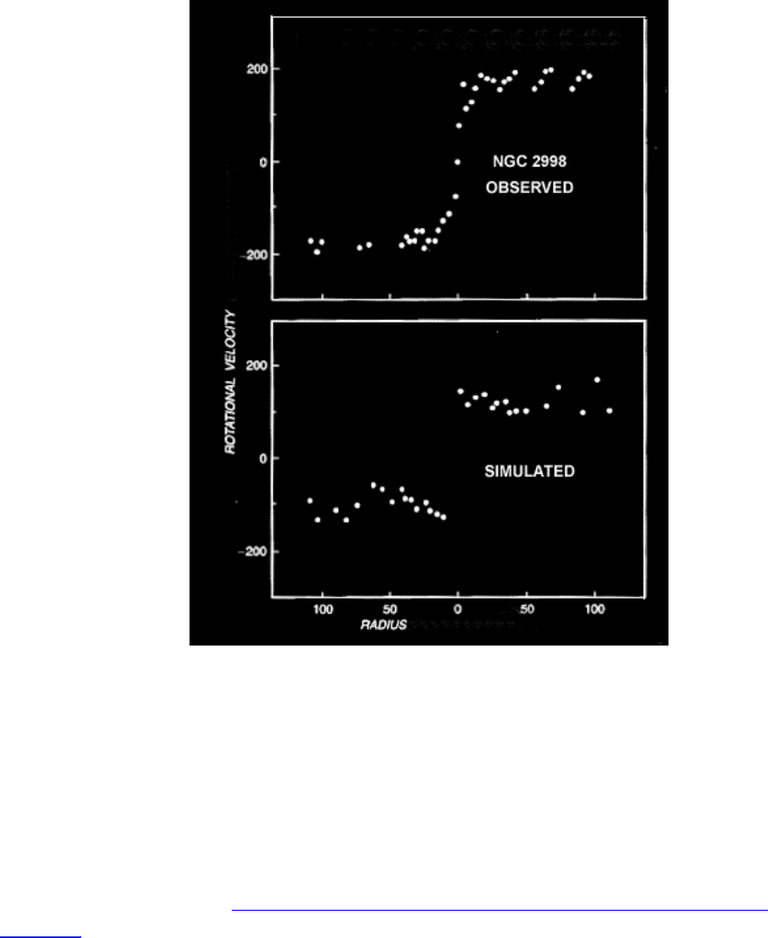Those observations include for instance galaxy rotation curves. The latter show that stars lying very far from galactic centres rotate much faster than what is expected from gravity and the amount of visible matter in the universe. Something may be there, invisible and waiting…
Or perhaps not...
Did you know that computer models of Birekland currents were able to create spiral galaxy formation? Completely without any of the "fancy dark stuff". I find that quite interesting to say the least.

Also, the simulation almost perfectly explained the flat rotation curve "mystery". In the plasma/electric universe it is not a mystery at all as it is the predicted and anticipated feature in galaxy rotation!

If you are intrigued, here is a link to a paper describing this in more detail:
Here I must disagree. The starting assumption in my post is the standard model of cosmology. In this case, what I wrote is fine. There is no disagreement between theory and data. Of course, we can start from a different assumption, and conclusions will then be different.
As said in the previous discussion, for now the standard model of cosmology provides the best fit to data (when we globally account for as many observations as possible). This does not mean this is the true theory of nature (and in fact, the standard model of cosmology can only be seen as an effective description as it lacks physical foundation). It only means that we have a simple setup that works greatly.
To my knowledge, any other proposed option (that is not excluded by data) does not work that well. Therefore, any other paradigm should do as good to be considered seriously.
For what concerns the electric universe, I think that it is an idea that is probably worth to further investigate (but not by me; we need to make choices on what we work). The real scientific foundations, namely the mathematical formulation of the theory that leads to predictions, still seems to be missing. Once this will be there, together with predictions for the many observables that are correctly explained by the lambda-CDM model, maybe then it will get more interests from the community.
PS: I am not convinced by the last plot. There seems to be large difference between the upper and lower panels, and the absence of error bars makes it impossible to conclude anything. I would hence not say we have a 'perfect' explanation.
I think it's great that you are open minded about an alternative theory in cosmology. I argued with many mainstream scientists that dismissed all theories not in line with orthodoxy right out of hand...
I agree, it lacks quantification (although that might be because the author links herself to that study/paper and didn't provide much more details about it). But I think the point of that plot/my argument is that a model completely devoid of dark matter/energy could create something so closely resembling observed data. If I were a cosmologist, I would be intrigued by that to say the least and ask broader questions such as: are the fundamental assumptions that I am working with correct?